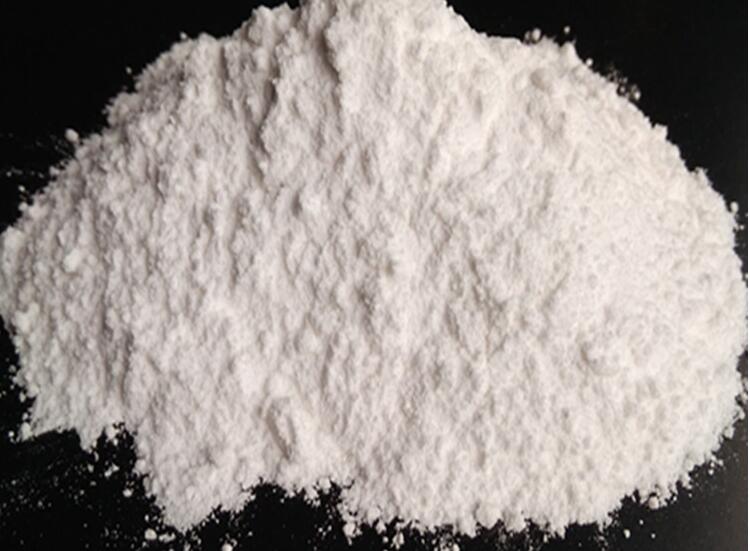Application of magnesium hydroxide in PVC and its performance optimization

With the increasing awareness of environmental protection and the improvement of safety requirements, inorganic flame retardants, especially magnesium hydroxide (Mg(OH)_2), have been widely used in polyvinyl chloride (PVC) due to their unique physical and chemical properties and environmental friendliness. ) has attracted increasing attention. This article will explore the impact of different forms of magnesium hydroxide on the properties of PVC and how to further optimize these properties through surface modification technology.
Performance differences between flake and granular magnesium hydroxide
Due to its larger planar structure, flaky magnesium hydroxide can better form a protective barrier inside PVC, effectively blocking the spread of flames, thereby significantly improving the flame retardant properties of the material. However, this form of magnesium hydroxide may affect the mechanical properties of PVC because it may interfere with the interactions between polymer molecules, resulting in a decrease in the strength and toughness of the material.
Granular magnesium hydroxide, because of its smaller size and larger surface area, can be better dispersed in the PVC matrix, helping to improve the mechanical properties of the composite material, such as increasing the toughness and impact resistance of the material. However, the flame retardant effect of granular magnesium hydroxide is relatively weak because the barrier layer they form is not as dense as that of flake magnesium hydroxide.
The key role of surface modification
To overcome the above challenges and maximize the advantages of magnesium hydroxide, scientists have adopted a series of surface modification techniques, the most commonly used of which is the use of silane coupling agents. Through surface modification, it can not only enhance the interface bonding force between magnesium hydroxide and PVC, but also promote the uniform distribution of magnesium hydroxide in the PVC matrix, thus simultaneously improving the mechanical properties and flame retardant properties of the composite material.
Flame retardant mechanism of magnesium hydroxide
Magnesium hydroxide is an efficient flame retardant for PVC. Its working principles mainly include:
Reduce flammability: As a filler, magnesium hydroxide can reduce the flammable components of PVC.
Delay decomposition: Magnesium hydroxide has high thermal stability and can absorb a large amount of heat at high temperatures and slow down the pyrolysis process of PVC.
Endothermic cooling: When the temperature rises, magnesium hydroxide will decompose into water vapor and magnesium oxide. This process requires absorbing a large amount of heat energy, which helps to reduce the temperature of the combustion zone.
Form a protective layer: The magnesium oxide produced by decomposition covers the surface of PVC, forming a thermal insulation layer to prevent oxygen from entering and further inhibit combustion.
Research Frontiers and Future Developments
Currently, researchers are working on developing finer magnesium hydroxide particles and exploring new surface modification methods, aiming to improve the compatibility of magnesium hydroxide with PVC and the overall performance of composite materials. In addition, by regulating the shape (such as flake or fiber) and size of magnesium hydroxide, precise control of the mechanical properties and flame retardant properties of PVC composites can be achieved.
In short, magnesium hydroxide, as an efficient and environmentally friendly inorganic flame retardant, has broad application prospects in the field of PVC. In the future, with the advancement of scientific research and technology, we are expected to witness the birth of more innovative solutions and contribute to building a safer and greener materials world.








